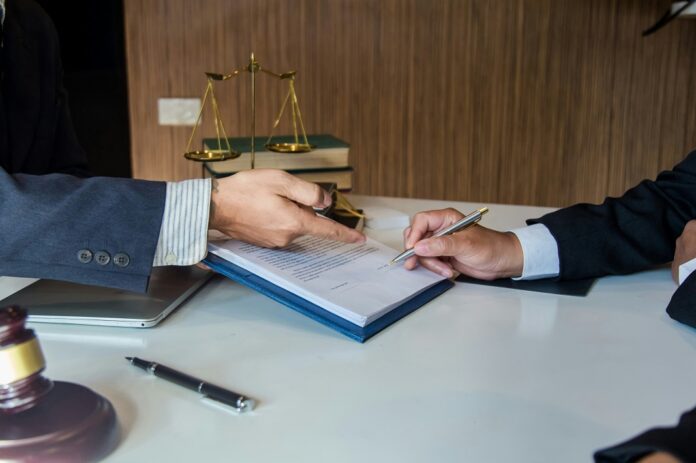by Christina Connaughton, Solicitor in Employment Law in Eversheds Sutherland LLP
Over the last number of years, many employers with occupational pension schemes have been grappling with the question of whether to continue that scheme or to wind it up and transfer it into a Master Trust. This has been driven by the increasingly onerous regulatory requirements imposed on ongoing pension schemes. Many of these requirements were introduced by way of European Directive and are generally referred to as the “IORP II requirements”.
Most occupational pension schemes in Ireland are defined contribution schemes – if you offer a defined contribution scheme, and are considering transferring it to a Master Trust, you will need to check all contractual documentation (such as employment contracts and offer letters) as well as pension documentation issued to employees at the start of their employment, to assess whether you can amend your employees’ pension plans. If you have a contractual obligation to stay with an existing pension plan, you will need to consult with your employees’ union representatives or employee representatives.
What is a Master Trust?
Many organisations may be unfamiliar with the concept of a Master Trust – so what is it?
A Master Trust is a type of trust-based, defined contribution, occupational pension scheme in which multiple unrelated employers can participate. Each employer has its own (notionally ring-fenced) section within the Master Trust. This contrasts with traditional occupational pension schemes that are usually set up for a single employer (or for a number of employers within the same group).
As with other forms of pension scheme, a Master Trust requires Revenue approval to obtain exempt approved status with respect to taxation and must also be registered with the Pensions Authority. Master Trusts are currently subject to the general occupational pensions regulatory framework, including IORP II. They can offer certain advantages including:
- outsourcing of the IORP II and other regulatory requirements;
- the potential for enhanced governance – as Master Trusts are provided by established pension providers or financial institutions, they offer a professional trustee board as well as significant in-house expertise; and
- economies of scale with the related potential for reducing costs for employers and members.
What does this mean for your organisation?
The deadline for compliance with the IORP II requirements was 31 December 2022, with a 12 month grace period permitted for pension schemes where a formal commitment was made before 1 January 2023 to wind up and transfer the assets of the scheme to a Master Trust. The Pensions Authority is now actively auditing pension schemes regarding compliance with the IORP II requirements. If your organisation has not already taken steps to satisfy these requirements, you should be aware that your pension scheme trustees are at risk of enforcement action being taken against them. The clock is now ticking for you to make a decision between continuing your existing scheme (and, if so, ensuring that all regulatory requirements are met) or winding up your scheme and transitioning to a Master Trust.
Key Issues to Consider when Transferring to a Master Trust
If you are considering or are already in the process of transitioning your pension scheme into a Master Trust, there are a range of issues which you will need to consider. We have highlighted below five key issues which you should prioritise in your review of potential Master Trust providers:
- What annual management charges and other charges will your employees be subject to under the Master Trust? Are these charges at least as competitive as the charges under your current scheme? Do you have full visibility on all charges which you as the employer or your employees will be subject to under the Master Trust?
- What indemnities are you being asked to provide to the trustee of the Master Trust? You should ensure you fully understand any liabilities you are taking on as an employer in signing up to the Master Trust.
- What freedoms and flexibilities do you have as an employer to exit the Master Trust at some point in the future, and will the Master Trust provider facilitate your employees and former employees moving their accrued benefits out of the Master Trust if you or they choose to leave the Master Trust in the future?
- How easy does the Master Trust make it for you to transfer your existing pension scheme into the Master Trust, and will the trustee of the Master Trust impose any conditions on your current trustees for doing so? For instance, will your existing trustees be required to provide extensive scheme data and will they be asked to provide indemnities or give warranties as to the accuracy of that data?
- What warranties are you being asked to enter into in connection with your participation in the Master Trust and the transfer of your existing scheme into the Master Trust?
What do you need to do?
If you currently offer a defined contribution pension scheme and are considering whether to transfer it to a Master Trust, it is important to fully understand the pros and cons of doing so, and whether such a move is the right choice for your organisation. Not all Master Trusts offer the same benefits, and the terms offered will vary from provider to provider. In addition, you will need to consult all contractual documentation issued to employees to ensure that you comply with your obligations to employees in respect of their pensions. You may also need to consult with your employees’ representation before making the decision to transfer to a Master Trust.
About the author
Christina Connaughton is a Solicitor in Employment Law in Eversheds Sutherland LLP. Christina qualified as a solicitor in 2023 after completing her training with Eversheds Sutherland.











































